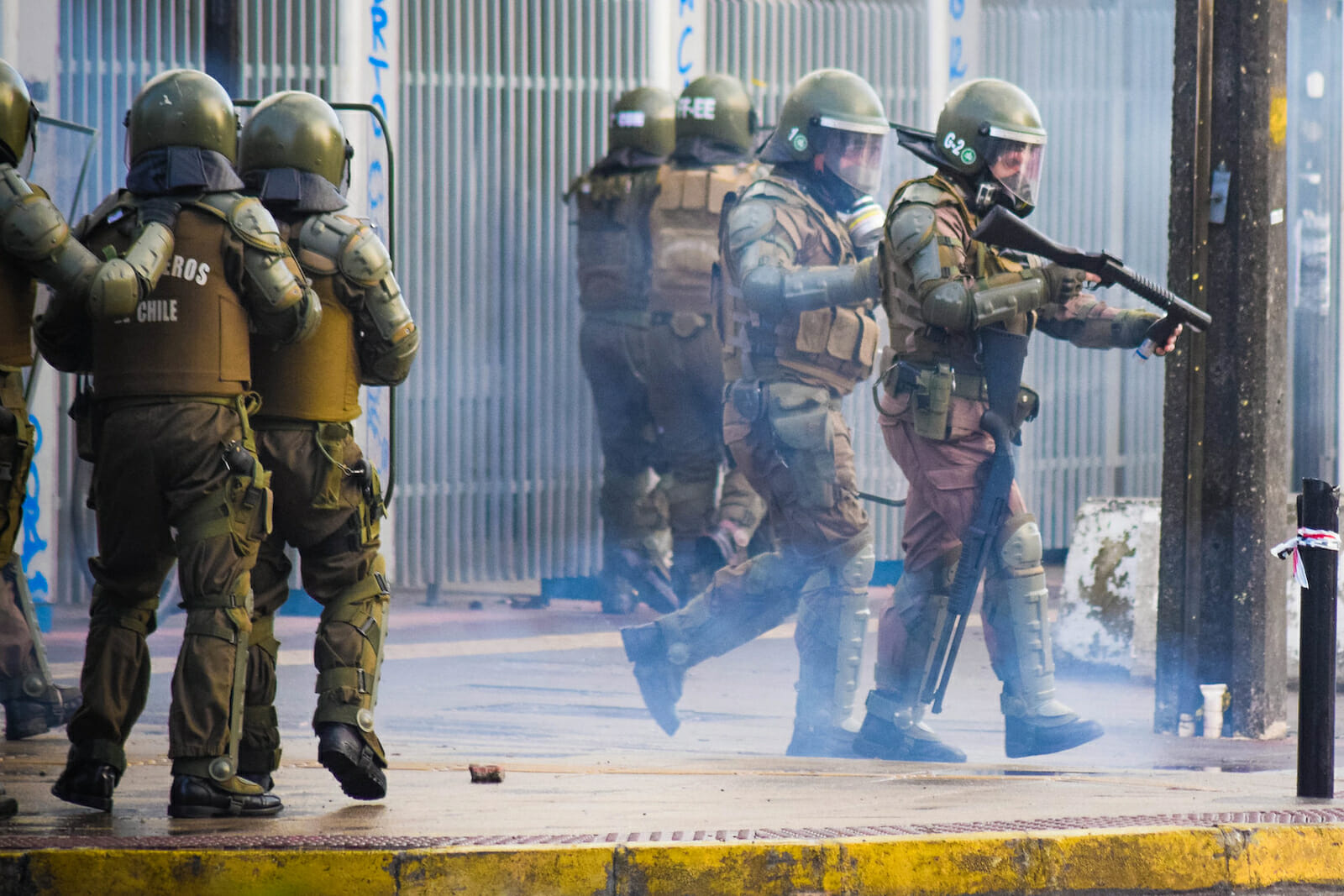
The Latin American Autumn: Economic Impact of an Unsustainable Social Order
In the early 2010s, the Middle East experienced the Arab Spring. Fast forward towards the end of the decade, Latin America is going through a similar experience. Unlike the Arab Spring, Latin America is undergoing this phenomenon in the fall.
After multiple months of riots, protests, and uncertainty, the region looks nothing like it did before the International Monetary Fund (IMF) deal was struck by Ecuador’s Lenín Moreno— sparking conflict in the continent.
Since then, unrest and conflict has been widespread— Bolivia’s Evo Morales is in exile, Iván Duque’s Columbia is experiencing civil unrest, Maduro is facing the worst economic crisis in Venezuelan history while Juan Guaidó is leading an institutional insurrection, and Chile’s Piñera shot the eyes of 200 protestors and arrested 15,000 people thus far. At the same time, López Obrador’s government in Mexico is no longer able to manipulate the numbers to conceal the severity of its economy. The Mexican public statistics service declared that Mexico endured a recession during the first half of 2019, despite Obrador’s denial of the recession.
The economic impact of these social upheavals is likely to become more severe as the months go by. On July 23, the IMF estimated that Latin America would be the slowest growing region in the world in the next two years, with an average growth of 0.6% across all countries. Further, the Financial Times published an article on regional outlooks and noted that Latin America may be headed towards a new “lost decade.”According to a survey carried out by Latinbarómetro, a Chilean NGO, only 20% of Latin Americans feel that their country has been making progress.
Alberto Ramos, Goldman Sachs’ head of Latin American economics, observed in the Financial Times that “In very broad terms, Latin America doesn’t invest enough, it doesn’t save enough, it doesn’t educate well enough, it doesn’t trade enough, and it needs better and more modern infrastructure.” Similarly, Levitsky and Murillo noted in the New York Times how Latin America will resort to coups and authoritarianism to “solve” its sociohistorical and economic problems. No one wants to invest, save, or trade with a country that is moments away from a civil war. To demonstrate: the multi-million dollar lithium trading deal between Germany and Bolivia was pulled as political unrest resurfaced over the dubious electoral results in October.
The head of the United Nations Economic Commission for Latin America and the Caribbean (ECLAC), Alicia Bárcena, issued a statement on November 28 on the economic consequences of the political unrest in the region. Bárcena called for a restoration of the welfare state ─ which aligns with the Chilean protesters’ demands of universal access to healthcare and education. From 2015 onwards, there has been a regional trend of rising poverty rates, with a total increase of 2.4% between 2014 and 2018. ECLAC notes that inaction could exacerbate poverty and socioeconomic inequality.
Chile’s welfare state and economy are significant due to their role as “canaries.” Chile’s problems reflect those of the region. Since Chile has faced the fastest and deepest sociopolitical shock, its economy could serve as a “canary in the coalmine” or foreshadow the region’s future. John Quigley and Philip Sanders, analysts at Bloomberg claimed that the Chilean riots have had “a bigger impact on the economy than the mega earthquake and tsunami that struck the country in 2010.” For reference— the 2010 earthquake cut 93% of the population’s electricity and killed 500 people. Quigley and Sanders used the Imacec index, which measures economic activity, to show that the “social earthquake” has deeper effects on the economy. The geological earthquake caused the economy to drop by 4.1% while the riots caused a 5.4% decrease. From an economic point of view, these phenomena are not the same. Businesses can resume after the end of a riot while the physical destruction of infrastructure causes permanent damage. A rebound is possible in both scenarios, but it depends on several factors.
Ultimately, as Sebastian Cerda, head of research at Econsult Capital, puts it, “The reality is that we are going to have two-quarters of consecutive declines.”
Indeed, Latin America’s low economic growth can be attributed to low savings, low investments, bad infrastructure, and underperforming fiscal policies. However, sociopolitical upheavals — which are entirely legitimate and respond to historical and cultural processes— make it difficult for governments and markets to strengthen their economies.
In short: political uncertainty is gravely limiting investment in the region. Latin America’s structural and sociopolitical dynamics are moving towards a downward spiral. Social unrest leads to economic underperformance which then exacerbates social inequality due to a lack of response from these governments. This cycle is likely to continue as the sociopolitical gaps become wider. Such was evident this Autumn, during the “Latin American Fall.”

